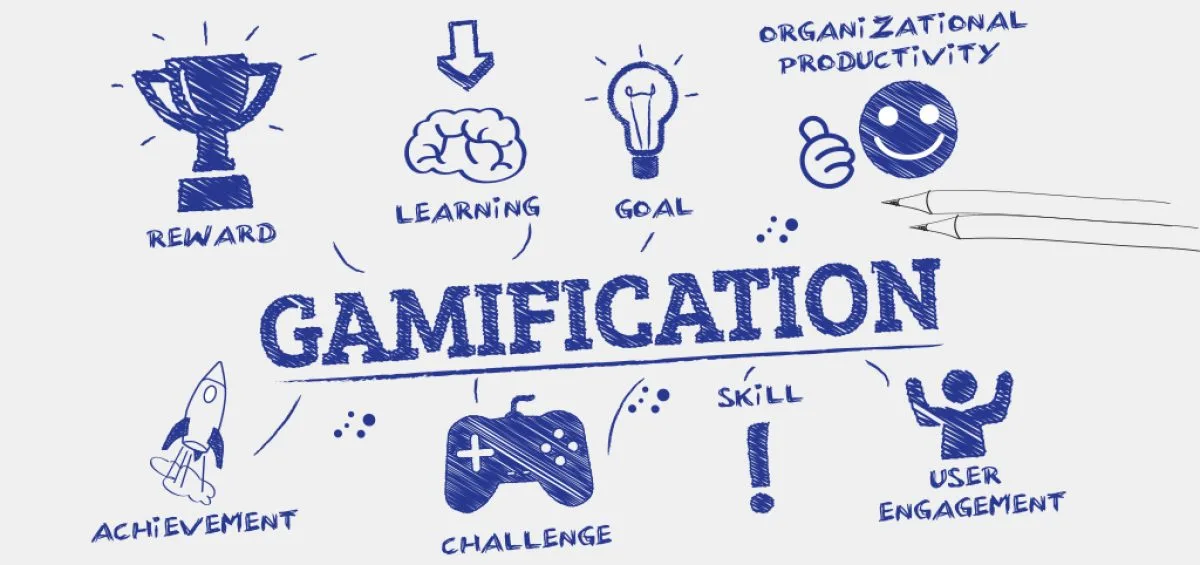Our lifestyles are changing continuously for many reasons, and businesses today are doing everything to meet our demands. The overall transformation has given rise to many new and complex-in-nature roles across all industries. These modern job roles demand an analytical mind, problem-solving, and quick decision-making skills among individuals.
However, training courses developed and executed by most of organizations nowadays are plain and based on traditionally learned theories. They focus largely on imparting knowledge and awareness of a probable situation instead of ensuring knowledge retention among employees. Moreover, it fails to manifest its effectiveness of it.
How about adopting the concept of ‘learning by doing’ in our training programs? This is where enterprises can use scenario-based training approach.

Scenario-based Training
Scenario-based training or task-based training is a popular instructional design approach that puts learners in real-life-like situations and helps them understand what actions would produce the desired results.
Learners can safely immerse themselves into a situation and practice the recently taught skill, while continuously learning from their mistakes. Using this advanced training technique, enterprises can train employees in a way that aligns closely with their job roles.
There is also a theoretical significance, from the principles of situated learning theory (Lave & Wenger, 1991) attached to scenario-based training, which argues that authentic activity, context, and culture make important components of knowledge acquisition.
Today, industry experts find the blend of participatory and acquisitive learning models as one of the best approaches to employee training.
Here are two things to contemplate before getting started:
- Identify learning impediments: To create an engaging learning module, the L&D teams must identify the tasks that include critical thinking and complex decision-making situations for learners.
- Know the result in advance: Every action has an outcome. And, in truth, there can be multiple correct endings to a scenario. But, knowing the one final ending will help you scrupulously plan the learning path and set your expectations accordingly.
A wide range of topics can be encompassed in this style of training. Some top examples include:
- Compliance Training
- Customer Service
- B2B Marketing and Sales
- Consumer Credit Management
- Leadership Training
- Professional Skills
- Soft-skill Training and more

Benefits of Scenario-based Training Over Traditional Training
As Benjamin Franklin once said, “Tell me, and I forget. Teach me, and I may remember. Involve me, and I learn.”
The old-fashioned “chalk and talk” method of training, where dialogues get delivered unidirectionally, may impart technical knowledge to learners, but it doesn’t guarantee improvement in an individual’s performance and decision-making abilities.
With old-school training methods, organizations not only flush a portion of the training budget down the drain but also lose out on potential growth opportunities.
However, the task-based approach/scenario-based training covers all aspects of learning.
Below we discuss why scenario-based training is in everyone’s best interests.
- Moving forward with constructive feedback: Learners need not fear failing Scenario-based training or learning programs offer a relaxed environment for learners to practice what they’ve learned and make decisions as per their understanding. Through this, learners get to enjoy the challenges of problem-solving. And if anything goes wrong, one can simply go back and modify the steps taken.
- Know more in less time: As an organization, you are aware of how much money is being spent on teaching sales trainees to prepare them for a great sales call. And what if there are mistakes on the field? You do not want to wait for them to learn through practice while you miss out on potential sales opportunities. By enabling professionals to learn in a safe environment through virtual scenarios, you can effectively bring a behavioral change in them. It will turn them into confident employees who are capable of growth.
- Scenarios trigger instinctive behavior: Natural curiosity has immense power; it can lead us to unexpected results. A well-constructed virtual scenario triggers questions like, ‘am I doing this right?’ ‘What will happen next?’ ‘What’s the goal of all this?’ etc. When presented with these virtual scenarios, employees are expected to think and react to it as naturally as they would in a real-life situation. It helps them to stay calm and think of the most logical and feasible solution.
- Promote critical thinking through stories: The phrase ‘you won’t know until you try’ fits here perfectly. Providing a context to the story improves the perception of a particular scenario and implements the best judgement. Interactive scenarios enable the learners to influence the story in their way. Advanced branching scenarios help different individuals take different learning paths and achieve the best possible outcome.
- Improves knowledge retention: Running through slides and trying to visualize how a scenario would unfold is still the bare minimum one can get in terms of exposure, like some snippets. Taking learners on an emotional voyage, where they closely identify what action is right and how it impacts the journey next, helps them retain the knowledge imparted significantly.
- High ROI: Designing learning materials and conducting training programs have become recurring events in today’s dynamic work culture, which consumes significant resources of a company. But, is the learning objective achieved every time? The huge costs incurred now demand results. However, knowledge retention techniques in task-based training make every penny spent worth it. Moreover, employees are likely to stick longer with a company where they see themselves growing as a result of investments made towards their development.
Best Practices in Scenario-based Training
This highly interactive training approach is used effectively by organizations to help employees acquire valuable experience through relatable situations. Let’s learn where and how the practice is being used around the world.
1. Application Simulation
An engaging application simulation carried out in an innovative format puts the learner in a situation and asks him/her to respond. In banks, they use simulation games to facilitate understanding of the office operations, while, at the same time, creating awareness regarding safe banking operating environments.
Application simulations are of great help in the field of healthcare as it encompasses the most delicate procedures of all.
2. Sales Training
Business organizations rely massively upon, and thrive, on sales. In one of the best use cases of scenario-based training, sales process fits the bill like no other. Using scenarios, you can train learners to handle customer queries with more confidence, where they also get to choose the right reaction for a given situation.
3. Professional Skills Training
Teamwork, leadership, project management, and negotiation & conflict management are some of the most sought-after skills in the industry today. Offering a conversational scenario to employees engages them in a situation where they learn to make decisions and perform activities the right way.
4. Awareness and Compliance Training
Awareness sessions and compliance training are mandatory in every organization. It may be related to IT or cybersecurity, sexual harassment at workplaces, or any potentially hazardous situation that requires an immediate reaction from the victim. These are critical decision-making scenarios. Delivering these training programs in the form of interactive virtual scenarios allow learners to understand the dos and don’ts of every situation, and also makes them aware of the repercussions.
Wrapping it up
While it is practically impossible for everyone to experience everything in one lifetime, scenario-based training comes closest to their instinctive behavior. It check-points the learners’ knowledge and acts as a catalyst to accelerate their expertise in their relative field of interest.
Related:
Scenario Based Learning to Boost the eLearning Experience & ROI
Can Customized Learning Solutions Solve Critical Business Problems
Best Ways to Deliver Online Learning Courses to Employees
Benefits of Investing in Custom eLearning Courses for your Enterprise











